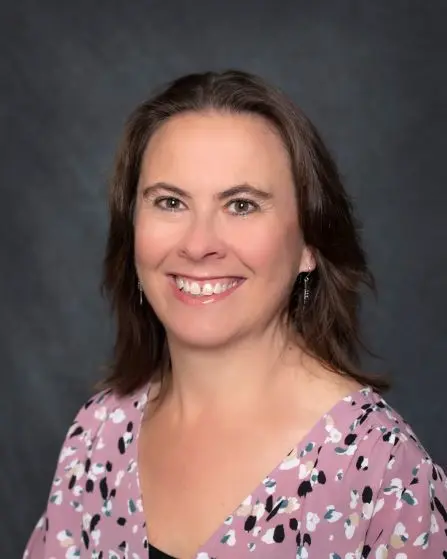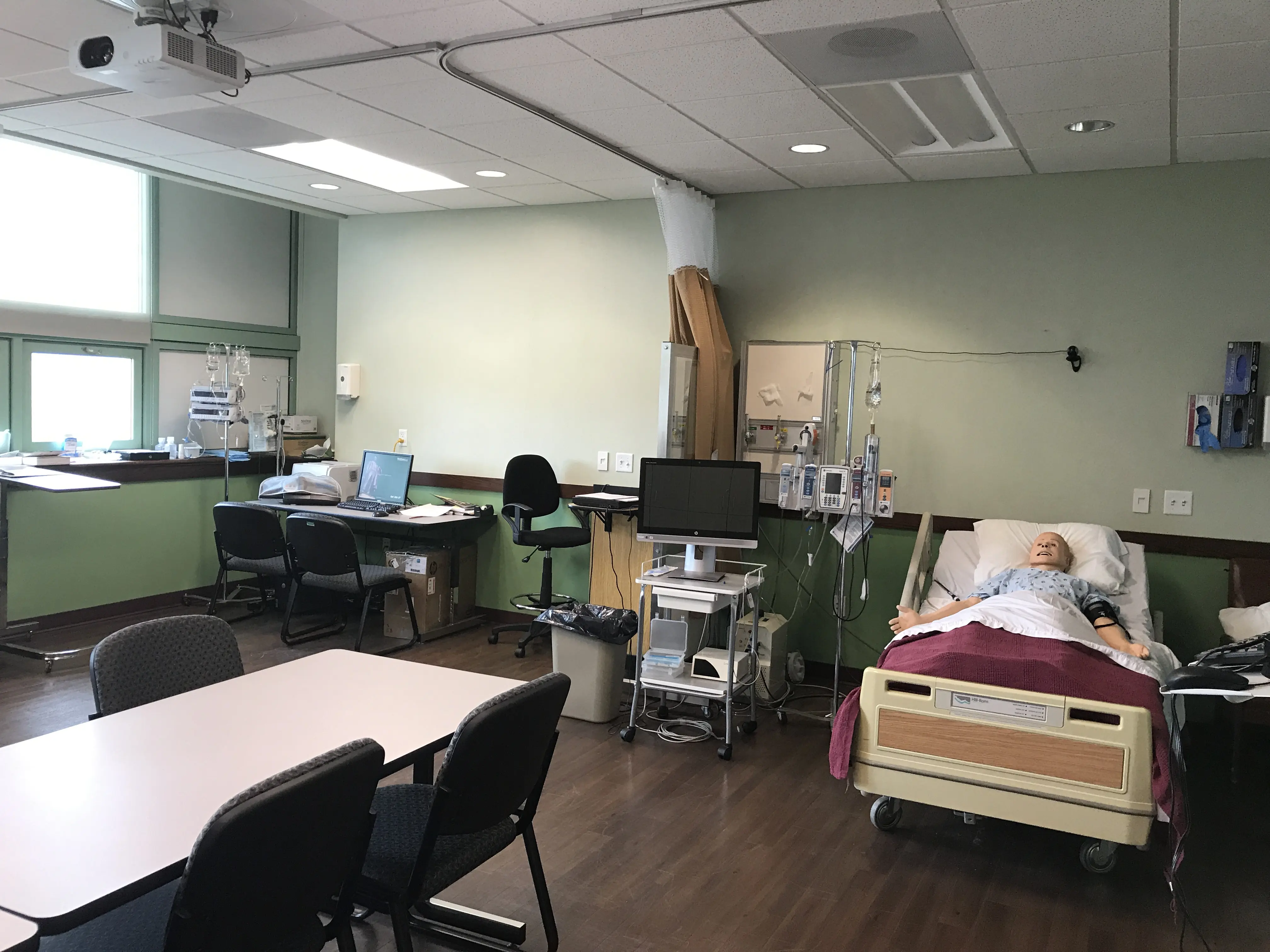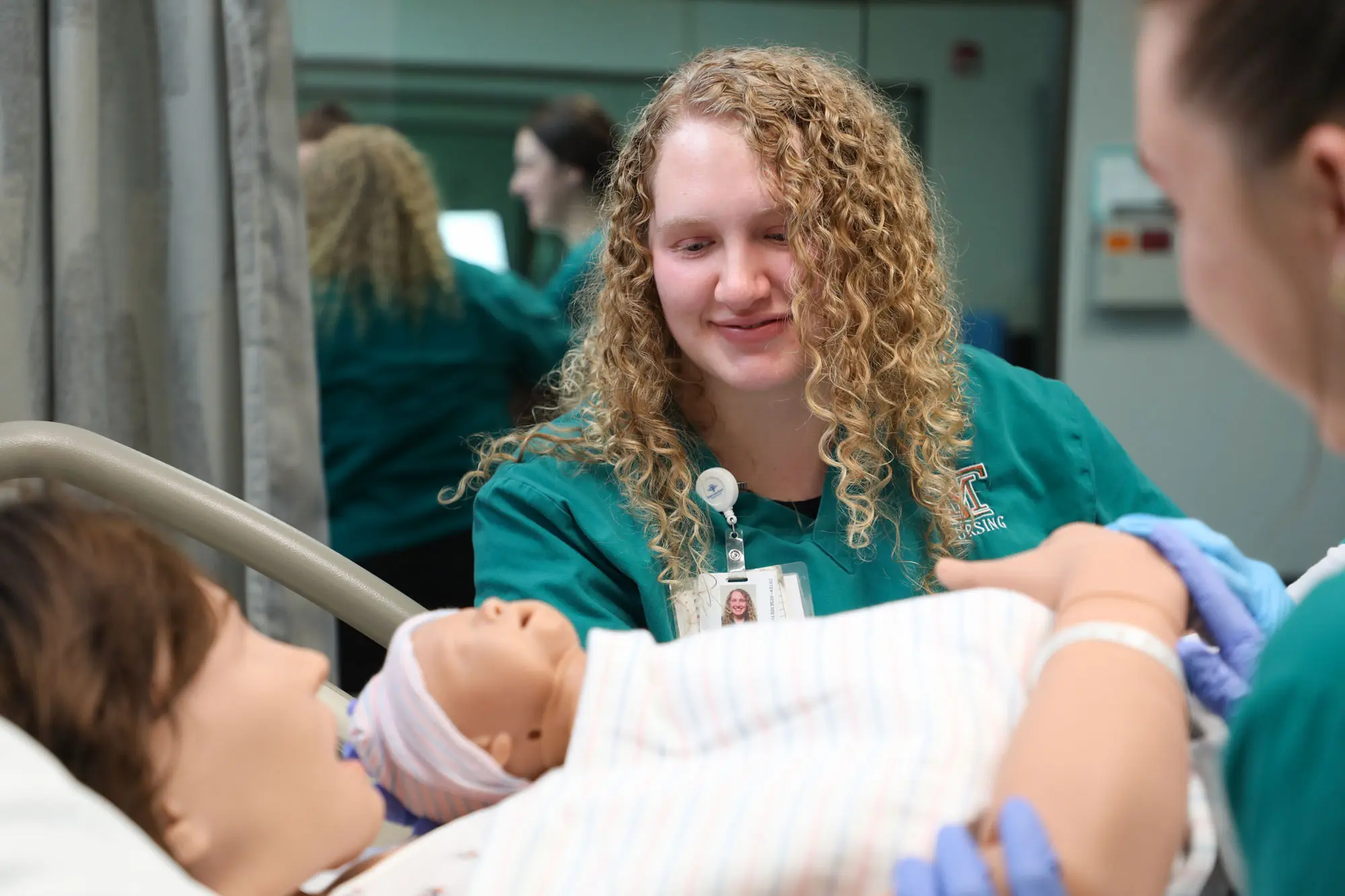Customer Spotlight


Technological
University
Sherry Lesar School of Nursing at Montana Tech Revolutionizes Nursing Education with Elevate Healthcare’s Simulation Solutions
The Mission
Nestled in Butte, Montana, a city with rich history and a population of under 40,000 people, Sherry Lesar School of Nursing at Montana Tech is determined to equip aspiring nurses with the confidence and expertise needed to help save lives anywhere in the world – including rural communities with limited resources.
“We are dedicated to preparing generalist nurses through a diverse array of nursing roles in a variety of community settings, emphasizing our unique heritage in rural healthcare,”

The Problem
Integrating simulation practices into nursing education in rural communities can be challenging due to resource deficiency and scarce training opportunities.
For years, Sherry Lesar School of Nursing ran a one-room simulation program, which didn’t quite provide the amount of realism and training needed to help prepare students for the critical moments that matter.
“There wasn’t a separate debriefing space or cameras or anything like that,” explains Janet. “It was just like I have to make this as realistic as possible with huge limitations.”
Though not ideal, Janet says with the implementation of standard ground rules, students were able to gradually adapt, but arguably, this structure didn’t meet the effective level of best practices.

The Solution
Although students and instructors made the best out of utilizing one room for simulation training, there was a need to expand the program to help produce more nurses.
Thanks to a hefty fundraising donation, the institution's single room became a 5,000 square foot Lesar Family Nursing Simulation Center, offering students valuable hands-on realistic medical and nursing experience in a risk-free environment.
The center features four simulation rooms, four debriefing rooms, a telehealth room, a nursing station, a medication room and high-fidelity manikins like childbirth simulator Lucina.
"Our simulation program is grounded in best practices,” said Janet. "Lucina's versatility adds immense value to our simulation program, allowing seamless transitions between obstetric and non-obstetric scenarios for a comprehensive learning experience."
With a range of exposure for various stages of nursing education, students have the opportunity to fully prepare for acute, chronic and critical situations, which are vital for ensuring patient safety, optimizing resource allocation, effectively responding to emergencies, maintaining patient care and making informed decisions.

The Results
In addition to Lucina, other Elevate Healthcare simulators are also used in the simulation center to help prepare students for the critical moments that matter, including prehospital and nursing patient simulator, Apollo, and simulated medical equipment, SimEquip.
According to Janet, implementing these simulation products has allowed instructors to increase the number and complexity of scenarios for students without increasing the number of simulations or clinical hours.
It’s a change felt by many.
“Our clinical affiliates are noticing and commenting on the positive difference in our graduates as they enter nursing practice,” explains Janet. “Our graduates are entering nursing practice more confidently and ready to engage.”
What’s Next?
Grounded in best practices, Janet proclaims the goal for their simulation program is to achieve endorsement and continue producing nurses to help make a difference in patient safety outcomes.
“Right now, I’m really proud and excited of where we’re at from where we’ve come,” explains Janet.

